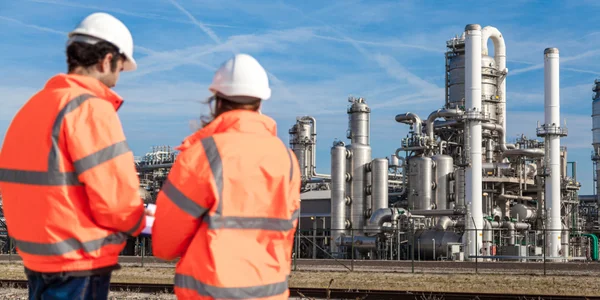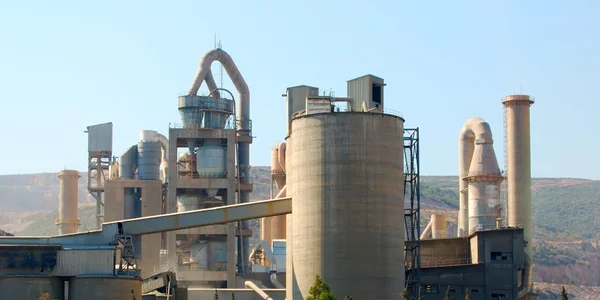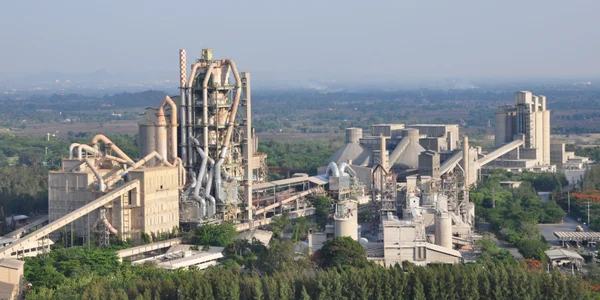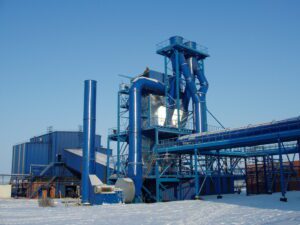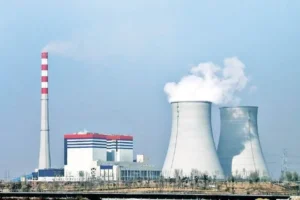المكاتب
المقر الرئيسي

ألمانيا
-
التصفية المكثفة Himenviro Technologies GmbH
Neustraße 45 - 49, 42553, فيلبرت, ألمانيا/ألمانيا - +49 20534200990
المكتب الاقليمي

بريطانيا العظمى
-
فلتر مكثف من شركة Himenviro UK Limited
47، شارع باث WS13BX، والسال، ويست ميدلاندز، بريطانيا العظمى - +44 1922 628893
المكتب الاقليمي

الإمارات العربية المتحدة
-
فلتر مكثف Himenviro Technologies FZE – LLC
مركز الأعمال، المنطقة الحرة لمدينة الشارقة للنشر، الشارقة، الإمارات العربية المتحدة - +971-556074697
المكتب الاقليمي

الهند
-
شركة هيمنفيرو برايفيت ليميتد
د-247/11، القطاع 63، نويدا - 201301، أوتار براديش، الهند - +91-120-4642-500
المكتب الاقليمي

الهند
-
شركة هيمنفيرو برايفيت ليميتد
د-247/11، القطاع 63، نويدا - 201301، أوتار براديش، الهند - +91-120-4642-500
المكتب الاقليمي

الهند
-
شركة هيمنفيرو برايفيت ليميتد
د-247/11، القطاع 63، نويدا - 201301، أوتار براديش، الهند - +91-120-4642-500
Steel & Metal Air and Dust Filtration Solutions
The steel and metal industries generate intense levels of airborne pollutants, including fine dust, metal particles, and fumes, which, if uncontrolled, can lead to environmental contamination, health risks for workers, and equipment damage. Our air and dust filtration systems are tailored to handle these high-demand environments, capturing emissions from melting, smelting, casting, and finishing processes. Engineered to withstand high temperatures and particulate loads, our solutions improve air quality, enhance regulatory compliance, and protect workforce well-being, ensuring a cleaner, safer production environment.
Dust Filtration Process in the Steel & Metal Industry
يتم استخدام فرن القوس الكهربائي في تصنيع الفولاذ الإنشائي والفولاذ عالي الجودة، الفولاذ المقاوم للصدأعلاوة على ذلك، يتم استخدامه في تصنيع الكربيد والبلورات الاصطناعية.
تقوم محطات إزالة الغبار الخاصة بأفران القوس الكهربائي باستخراج وتنظيف الغازات العادمة الأولية الناتجة عن فرن القوس الكهربائي بالكامل، فضلاً عن أي غازات نفايات ثانوية ناتجة أثناء الاندماج أو الجريان السطحي أو أثناء التحميل وإزالة الخبث. يتم استخراج ومعالجة الغازات العادمة التي تتكون في فرن المقلاة، أثناء مناولة المواد وفي المصانع الأخرى المرتبطة.

فلتر لغطاء السقف
مرشح لـ EAF
- 1. غطاء السقف
- 2. مرشح لغطاء السقف
- 3. جهاز التنفس الصناعي
- 4. المدخنة
- 5. فرن القوس الكهربائي
- 6. أنابيب مبردة بالماء
- 7. المبادل الحراري
- 8. مرشح لـ EAF
- 9. جهاز التنفس الصناعي
- 10. المحول
المواصفات المطلوبة
عنوان الفلتر PJM
عنوان الفلتر PJM
Applications for Steel & Metal Dust Control
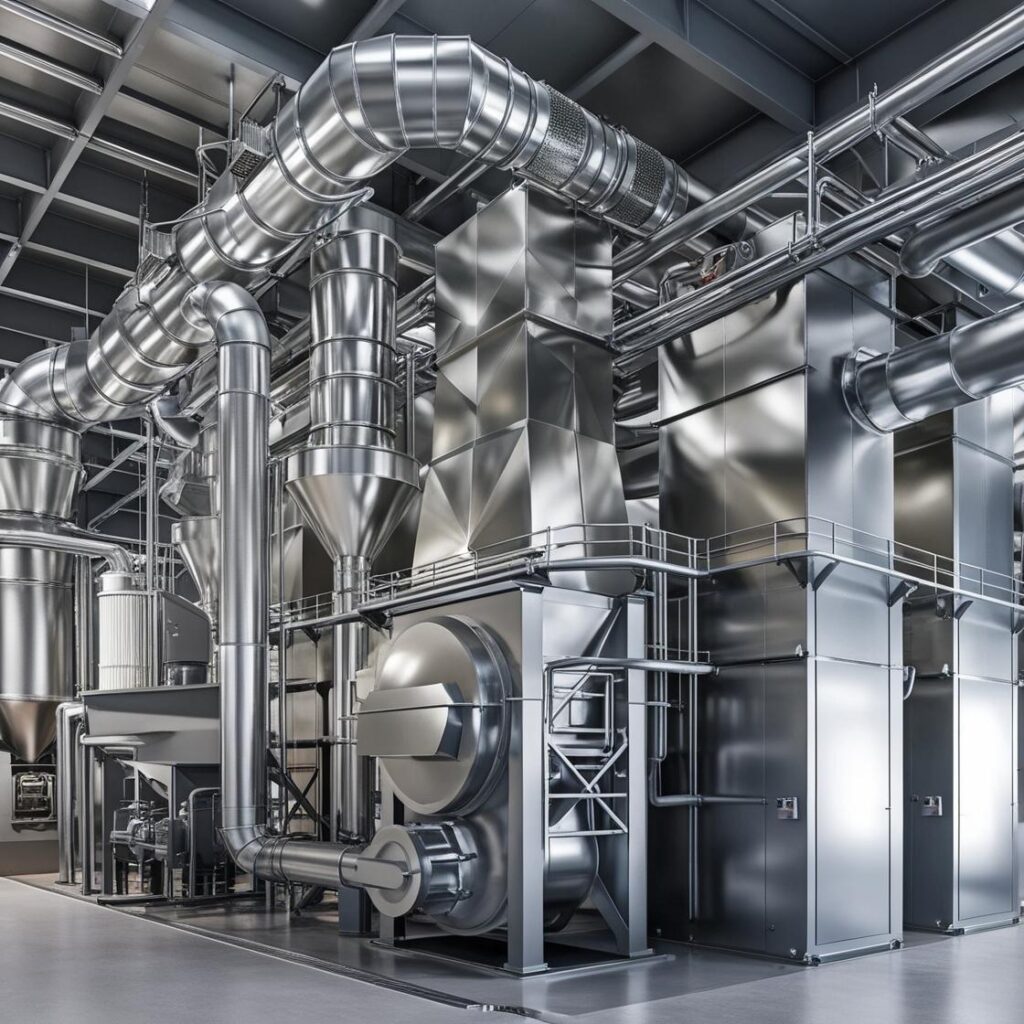
Controls dust and fumes released during smelting and melting, capturing hazardous particles generated in high-temperature furnaces.
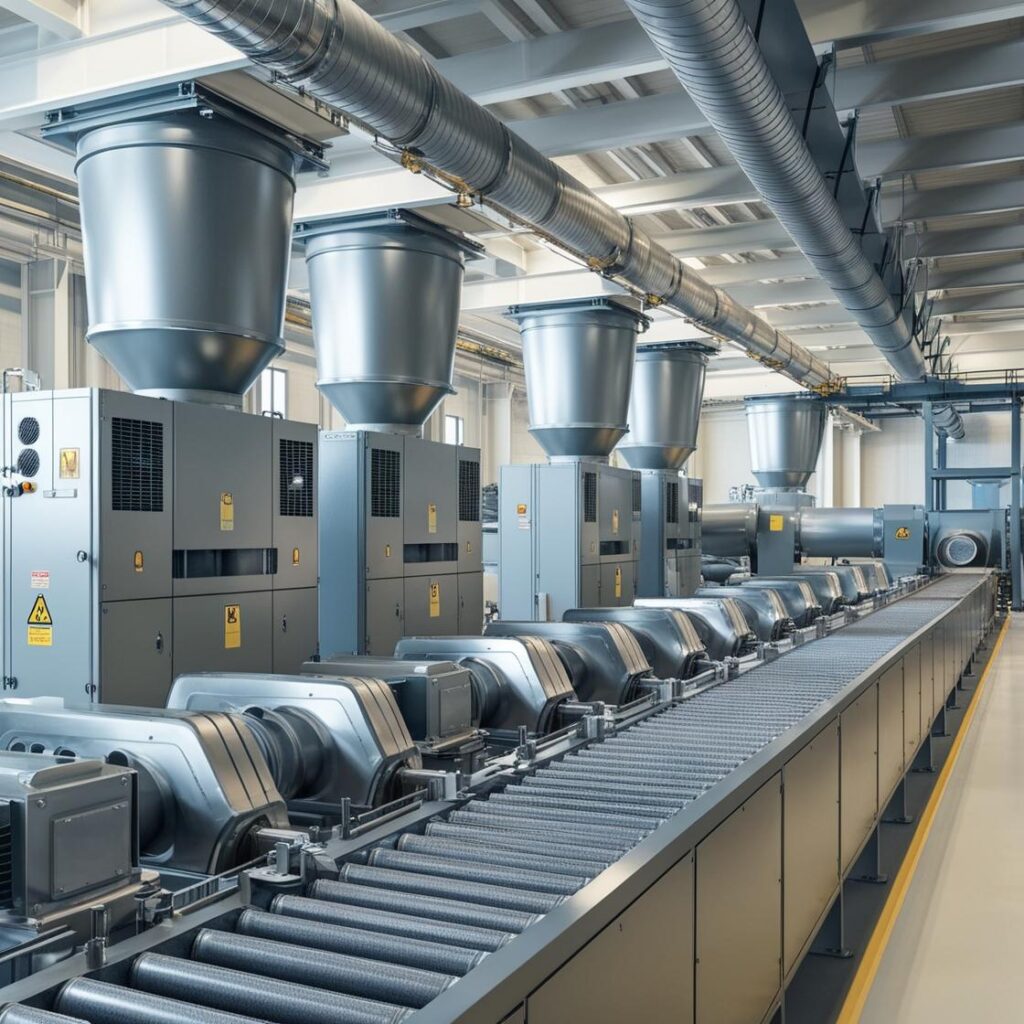
Reduces emissions from casting operations, capturing airborne particulates and metal fumes that can impact air quality.

Removes fine dust and metal shavings produced during grinding and polishing, preventing contaminants from affecting product quality and worker safety.
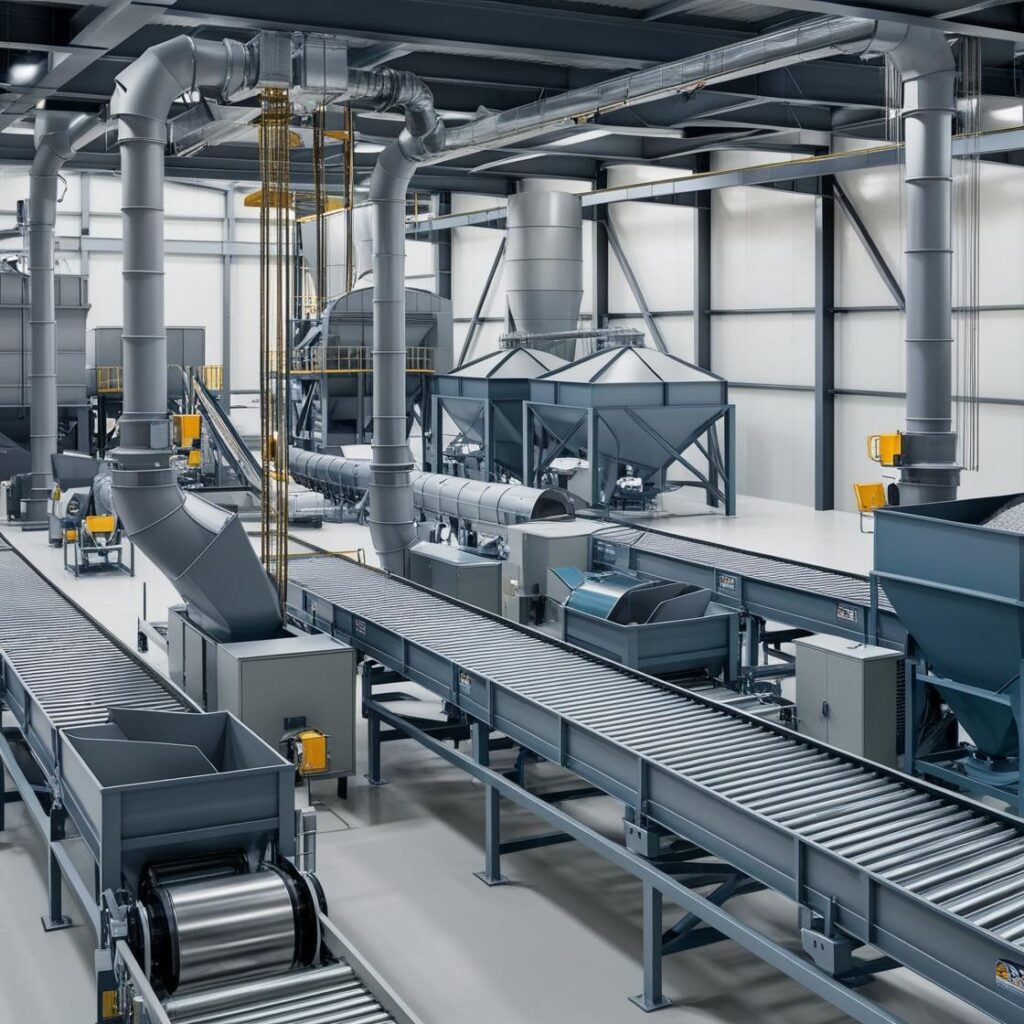
Controls dust generated during material handling, transport, and storage, minimizing particle release into the work environment.
تواصل معنا للحصول على استشارة الخبراء
اكتشف خدماتنا الأخرى!
الأسئلة الشائعة
In steel and metal processing, common filtration systems include baghouse filters, electrostatic precipitators (ESPs), wet scrubbers, and cyclone separators. Baghouse filters use fabric bags to capture dust particles, while ESPs use electrical charges to remove particulates from exhaust gases. Wet scrubbers remove pollutants by introducing a scrubbing liquid, and cyclone separators use centrifugal force to separate dust from gas streams. The choice of system depends on factors such as particle size, gas temperature, and specific process requirements.
Filtration systems enhance air quality by effectively capturing and removing particulate matter and pollutants generated during metal processing. By reducing emissions, these systems help facilities comply with environmental regulations and standards, thereby minimizing their environmental impact and promoting a safer workplace.
ESPs offer high efficiency in removing fine particles, achieving up to 99% efficiency, which is particularly beneficial in steel manufacturing where flue gas emissions often contain fine dust particles. They are capable of handling large gas volumes and operate effectively at high temperatures. Additionally, ESPs have relatively low pressure drops, resulting in lower energy consumption during operation.

